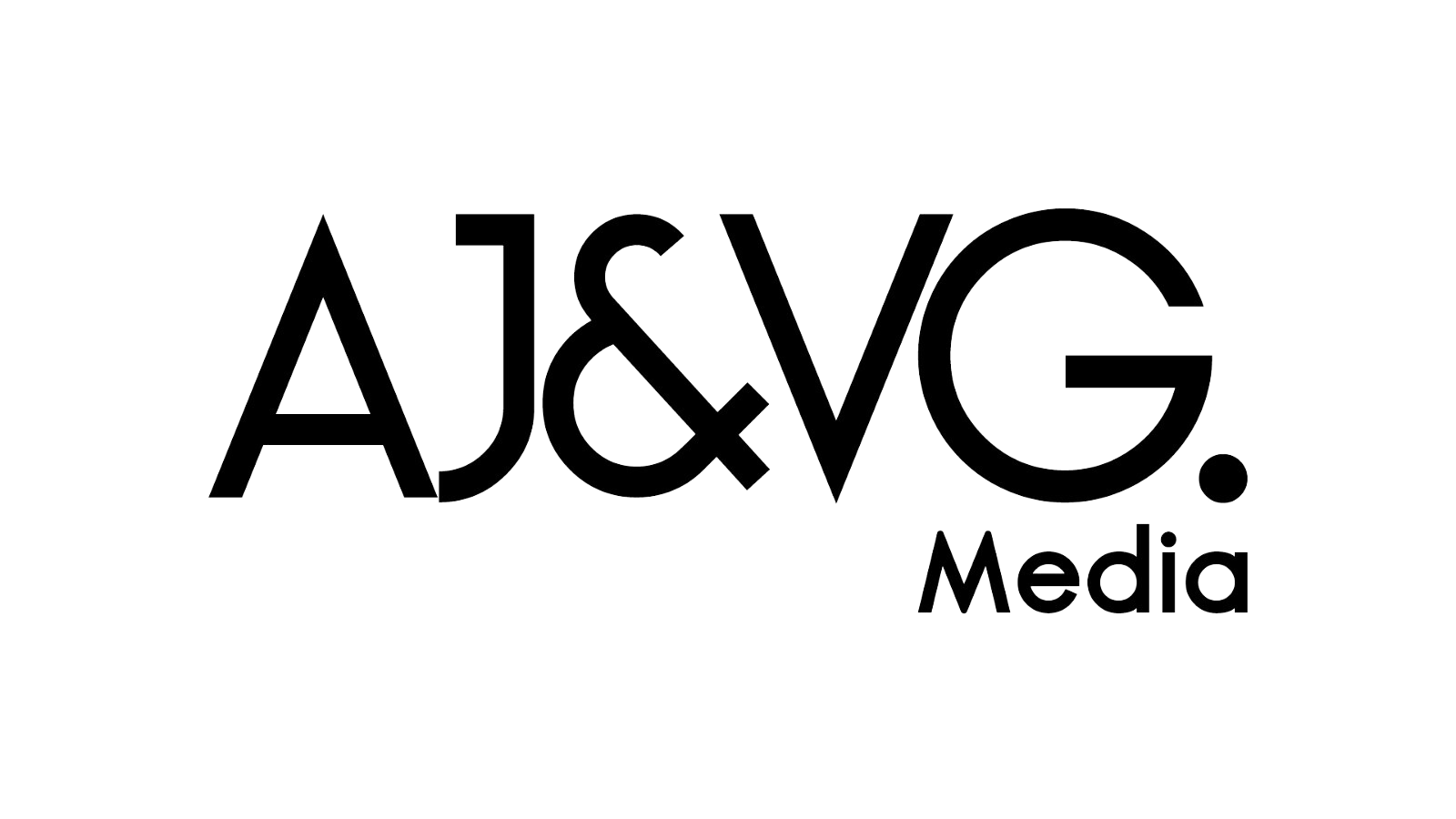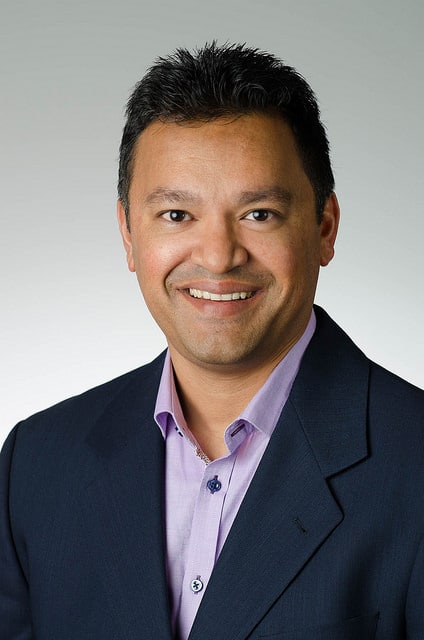Inertia and tradition are some of the biggest problems for companies seeking improvement and higher profits. While we all hear about hot startups that seem to revel in breaking the mold when it comes to business approaches, taking a company in a new direction with the goal of leaping ahead is easiest for such newcomers. They don’t have to overcome the ingrained processes, embedded cultures, and fear of change that particularly permeate large, long-established industries.
While massive amounts of new technologies are being added to today’s cars almost by necessity — they make cars safer, more efficient and easier to drive, among many other benefits — major transformation still comes slowly to many older industries. But it doesn’t have to be that way and some automotive players are reinventing their approach to business by taking a chapter from the Silicon Valley playbook.
The technology business itself is no longer new, of course, but the original mindset of constant innovation has largely stayed intact. Perhaps this is innate for an industry in which the number of transistors per square inch in an essential entity like the integrated circuit doubles approximately every 18 months. Thus it was with momentum in mind that Movimento Group set out to transform itself a few years ago by modeling key techniques from the tech space.
Movimento more than a decade had been involved in “reflashing” the software in modern cars by updating or reinstalling these lines of code. Headquartered near the American auto industry’s traditional home in Detroit, the company also has operations in Europe, Asia, and Latin America. However, Movimento correctly saw how technology would inevitably produce the huge change in the automotive business so it set up an office in Silicon Valley with the idea of creating a beachhead to help it leap into the future.
I was chosen by the management team as an instrument of this change, having spent years as an executive in the networking and technology industries. As the newly minted Chief Technology Officer (CTO), my role was to help Movimento merge Detroit and Silicon Valley and help the company redefine the definition of a “car,” turning it into a personalized, efficient, software-defined machine that became an extension of today’s technology-defined lifestyles. I added the role of Chief Marketing Officer (CMO) to my CTO duties because understanding the industry, technologies, and customers were so critical for defining and implementing change.
In an engineering-focused organization like Movimento, my job wasn’t just to evolve the corporate vision but also to change staff attitudes to better fit our hoped-for future. Many members of the staff had been doing things the same way for a long time, reflecting the linear thinking that is more commonly found in Detroit. They often believe that using X number of workers will always increase revenues by Y. But things are different in Silicon Valley, where we seek to achieve exponential goals. We understand that methodical, lean organizational hierarchies and environments in which innovation, differentiation, rapid prototyping, agile development, failing quickly/cheaply and building great products are part of the key performance index and what the competition is up to doesn’t greatly impact internal processes.
It’s difficult to tell workers with, say, 25 years of experience that the way they’ve always done things is no longer optimal. Fortunately, engineers often believe in data, so I found many people at Movimento were receptive to modern tools for communication, tracking, monitoring, evaluating and all those different technologies that are embraced in the tech space. Silicon Valley believes in tools! Helping me in my transformational goals were tools that gave me engineering and marketing execution visibility with tools such as Trello, HipChat, FredCamp, Asana, Jira, Confluence, Bitbucket, Evernote, Bamboo, Hangouts, MailChimp, XMind, SimpleMind+, Smartsheet, Google Drive and others. Such tools are essential for our global operation and they kept me in touch with all our sites, with every individual, so they know I’m aware of what they’re doing and that their work is visible.
Using tools to accelerate and improve processes was a big change for Movimento. Once a successful process is defined and proven, it should be reused the next time. At first, we had a steep learning curve and not everyone got it, but for those who weren’t bought in, I didn’t waste time bringing them on board because there were higher-level objectives that needed to be achieved. As the authority, a leader shouldn’t worry about making everybody love you but rather work with those who believe in your vision and recruit anyone else you need.
It takes awhile to change the prevailing mindset but once it transitions, there’s often a ripple effect. Some will buy into the vision totally and some will embrace just part of the concept but at least they’re going in the right direction. An effective approach is to address challenges one or two at a time — major ones, that is — and continue to prove that your vision is correct. And validation is important, which for our industry is supplied by customers, from media comments and what industry colleagues are saying.
Internal tools were critical but so were adopting the right new technologies. We weren’t limited to technologies commonly found in the auto industry but rather, we examined what was successful in other industries and selected what would best help us achieve our long-term product goals. This included technologies not always familiar to the staff, such as cloud computing, virtualization, open source, advanced mobile/wireless networking, cyber security, Big Data and Internet of Things. These have become the foundation of the connected, software-defined car that will represent personal transportation in the years ahead.
Take, for example, networking technology, which is the foundation for Movimento’s now industry-leading Over-the-Air (OTA) technology platform, which enables the secure, wireless updates of software in a vehicle’s electronic systems securely and remotely, without the previous inconvenient trips to a dealer. Our OTA platform also makes possible bi-directional data-gathering capability that reports vehicle diagnostics, prognostics and enables preventative analytics, which lets car makers react in real time to their customers and can provide data to third-party companies for insurance and other purposes.
None of this is possible without networking, but the legacy of this critical area revolves around what’s called the Controller Area Network or CAN bus, developed in the early ’90s and monumentally slow — a high-speed CAN bus is just 1 Mbit per second. So a company like Movimento must stay on the leading edge of networking technology, which means high-speed Ethernet Audio Video Bridging (AVB) and 5G wireless technologies.
The role of wireless is only going to increase and become one of the major markets for wireless technology in the future, also helping lower automotive costs while increasing overall features and functionality. With a goal of transformation, I had to convince engineers to look beyond the CAN bus and understand that transition is going to come and preparing for this transition is one of the most important tasks to ensure Movimento’s leadership.
Technology is certainly a key driver but successful companies also identify and track market evolutions among customers. For us in the auto industry, that includes things like the attitudes of millennials, emerging consumption models and the consumerization of electronics. Cisco Executive Chairman John Chambers said that in five years, a lot of the large industries will not be relevant; they’re just going to disappear. Blending Silicon Valley with Detroit at Movimento is helping us not become one of the casualties but rather an example for the industry how to successfully transform legacy offerings into digital services.
Mahbubul Alam,
CTO/CMO – Movimento Group





[…] To learn more, Click here […]